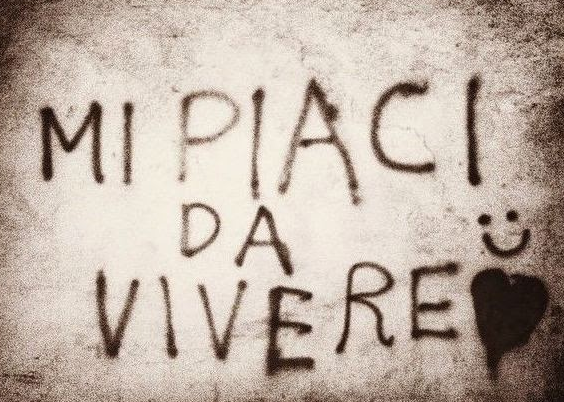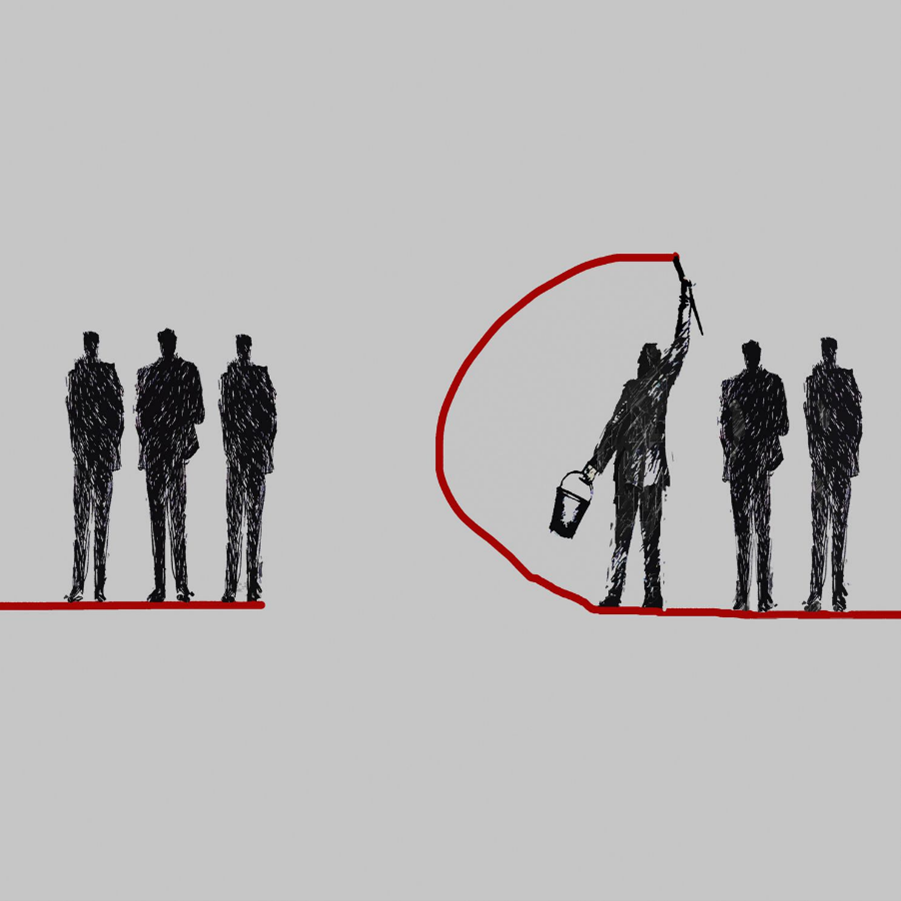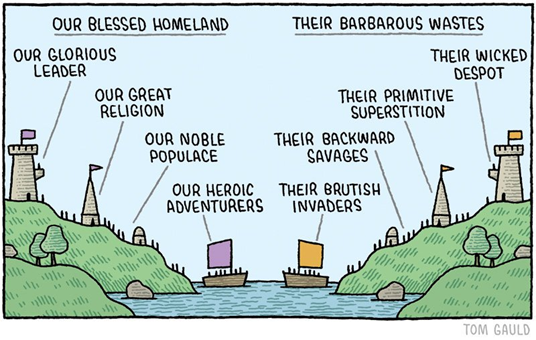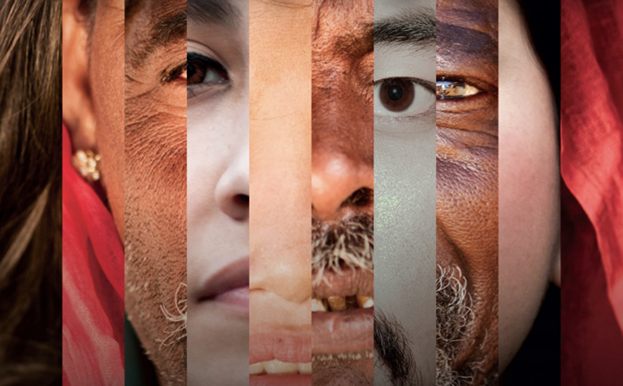
How do I like you: Social Identification Theory and Team Vision
If a team has a clear vision, it gets to the bottom first and better, we have often said this with Paolo Chinetti in #ilteamgiusto. In the words of Peter Hawkins, a team coaching guru, “The mission captures the ambition of the team, the vision shows what it will be like for us when there is success, and the purpose defines who the team works for and the value that creates for them “. So, having clarified the purpose (fundamental step!) And defined the ambition, it is the ‘how we will feel’ that drags us towards the goal.
But what does it mean to identify with a vision?
The Social Identification Theory (SIT) gives us a scientific framework in this regard and clarifies very well what the organizational identity is, the identity of the / in the organization that allows us to identify ourselves in the social context of our organization and our team. .

In a beautiful article a few years ago, Blake Ashforth and Fred Mael trace the horizons of the application of the SIT to organizations. According to this scientific theory, people tend to classify themselves and others according to social categorizations (for example, belonging to a group, a church, a gender, a demographic band, and so on) that allow the positioning of the oneself in the relational and social world that surrounds them; in a certain sense, they help to better delineate our personal identity and our social identity.

The two scientists tell us that an individual tends to define himself and to characterize his uniqueness also in relation to his belonging to groups and communities. Identification with groups / communities allows us to incorporate the successes (and failures), values and rules of these social nuclei and use them to characterize ourselves in the world. The sense of belonging and cohesion that derive from identification reinforce the group culture and its narrative. They create narrative contexts that represent the group in a ‘symbolic’ way, through stories and values; through this symbolism the members of the group reify / concretize their ‘being a group’ by mobilizing loyalty and commitment. On the other hand, we all see that hostility and rivalry mobilize more frequently and more significantly between groups than between individuals.
Identification and belonging to a group also define the roles that each of us plays within this social context: these are roles that are carried out by embodying the symbols that characterize the group and belonging. So personal identity becomes an amalgam of overlapping and scattered identities. The fascinating aspect of this theory is that we allow these identities to coexist and the value we give to belonging to each of them also leads us to be able to live them in a ‘compartmentalized’ way, developing an ability to ‘selectively forget’ (selective forgetting ) the components of these identities that conflict with each other. Just to give an example, the responsibility of leadership in a work context coexists with a mild personality or, on another extreme, a questionable ideology is followed because one identifies with the group that proclaims it.
The power of a vision is, then, enormous: it creates the basis for identification, is structured in the value, symbolic and narrative constructs of the organization and is embodied in the coding of behaviors. The same thing applies to the team: the purpose-vision-mission architecture is the one on which all subsequent rules are based. We are not surprised that the research of team science and organizational psychology indicate that vision is connected to different mechanisms of team functioning, in fact it has a direct effect on performance, and in particular:
- On the effectiveness of teamwork.
- On the team’s ability to grow and develop.
- On the team’s ability to innovate and find a reason for its uniqueness.
- On the motivation and satisfaction of the team.
By making back analyzes on the ‘visions’ of different teams, some researchers have even managed to detect recurring connections with respect to (a) leadership styles, (b) the individual characteristics of the team members, (c) types and nature of the organizational and functional units of which the teams were part.

But how do we articulate a ‘vision’? It can be:
- An idealization of the goal and how it will feel when it has been achieved.
- A visualization of a better or more desirable future state than the present.
- An agenda.
- A map for the team to follow.
- An image.
- Can look to the long term, to the future, to the emotions aroused by the adoption of a model of values.
- Can be focused on change.
There are three critical moments in which the development and writing of a vision are crucial for the transformation of a group context: At the time of foundation (for a team this is Tuckman’s forming phase), at the moment of crisis ( the team storming phase) and in the moment of disruption or decline (again the regression to norming or the adjourning phase, when the team’s purpose changes) and, finally, when a change is decided. These crucial moments of passage charge the vision with an energy that makes its grounding effective.

In the team, every member of the team is involved, and the leadership plays an activating and catalyzing role. In fact, it is a manifestation of commitment, through which you decide to be part of the path that leads everyone together to the goal. And thanks to Social Identity Theory we can better understand the mechanisms through which leadership can stimulate and grow the sense of identity of the teammate towards the common purpose, giving each member the opportunity to ‘appropriate’ the successes and passions of the team. squad.
Here are some questions that help us articulate our vision, have fun!
- What is the main purpose of our organization, our service, our product?
- What are the strengths of our team? Why is it unique? Why are we there?
- What are the values of our team? What sets us apart? What makes us say ‘I’m part of it’?
- Why is what we are doing important to us? How does our life change? How is it related to our personal goals?
- How can we make a difference as a team? What tools? What skills? What emotions? What efforts?
- What sets the climate of our work environment apart?
- What are our most ambitious goals? What will we not let go? How will we feel when we reach them? How will others feel?
- How will the world / the environment / our community change what we are doing and how are we doing it?
- What does the team want? What does each member want? What does our organization expect from the team?